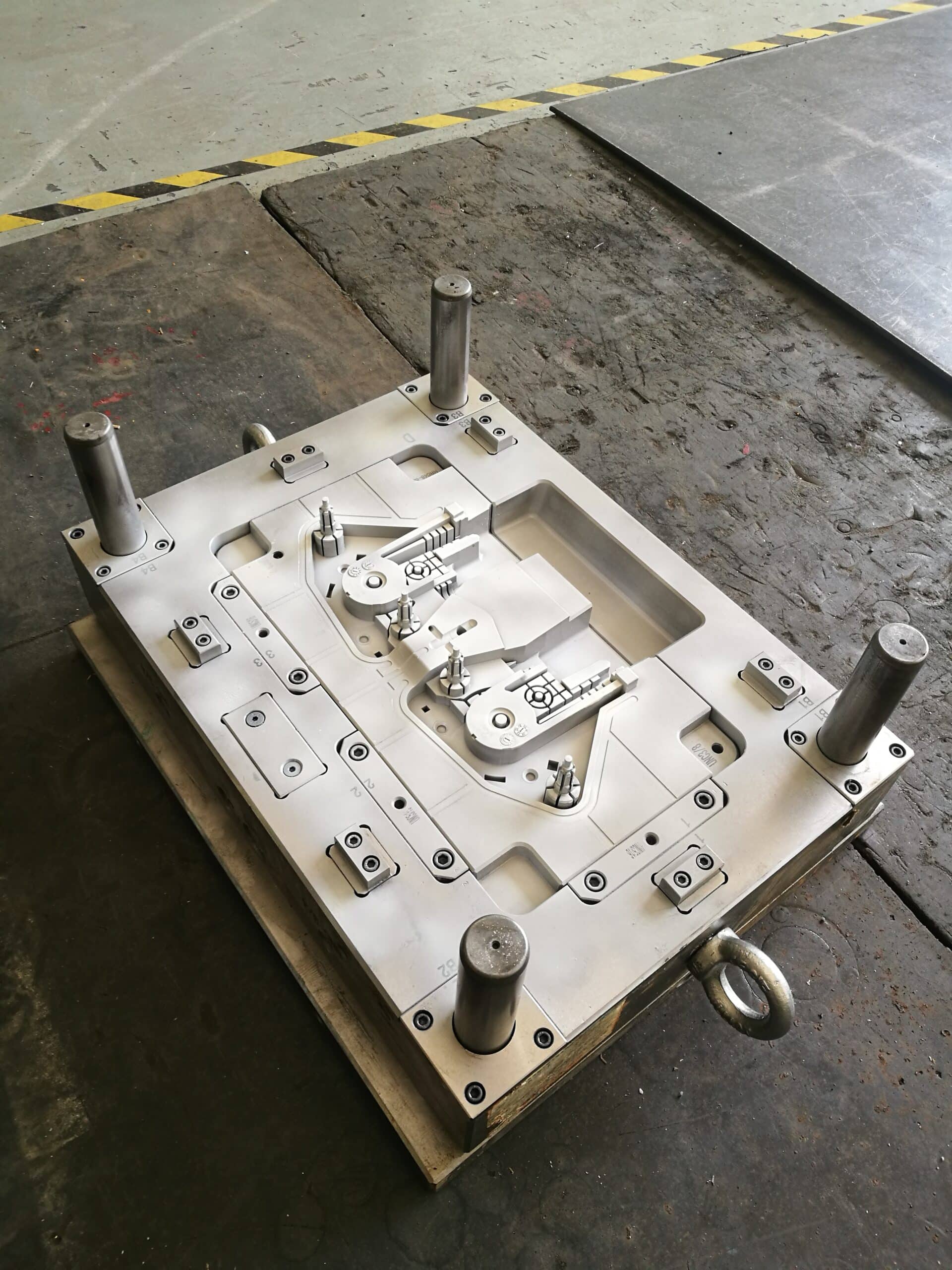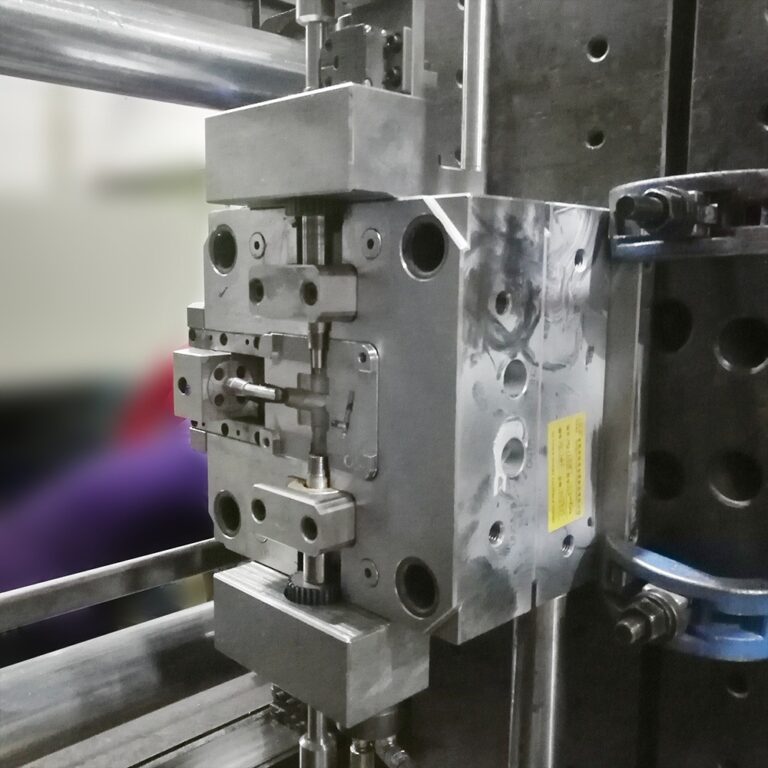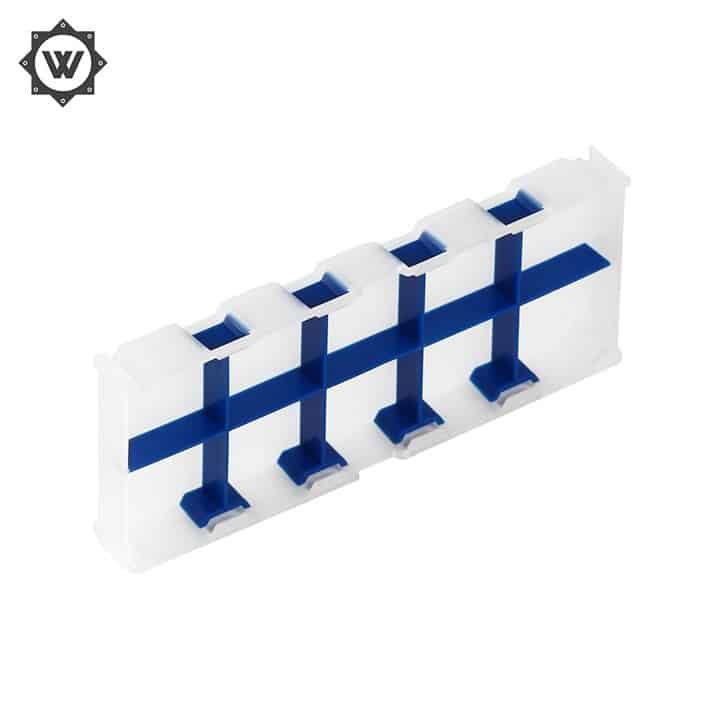Reasons for gas generation during product manufacturing
1. The gas entrained by the material in the feeding system or the air in the cavity is not discharged from the runner and cavity in time during the forming process.
2. The resin is not sufficiently dry and contains water, which evaporates at the injection temperature and becomes steam.
3. The injection temperature is high, and the plastic decomposes to produce gas.
4. Some additives in the resin, volatilization or chemical reaction generate gas (for example, when thermosetting plastic is formed, not only does the plastic itself contain water and volatile components, but also condensation polymerization occurs during the curing process, producing condensed water and low molecular volatile gas).
5. Residual gas in resin.

Consequences of poor mold exhaust:
1. The gas undergoes large compression and generates back pressure, which increases the resistance of molten material to mold filling flow, prevents normal and rapid mold filling of molten plastic, prevents mold cavity from filling, and leads to unclear plastic edges.
2. There are obvious flow marks and fusion seams on the products, and the mechanical properties of the products decline.
3. After the gas is compressed, it will seep into the inner layer of the plastic, causing surface quality defects such as craze, air hole, loose tissue and peeling.
4. After the gas in the cavity is compressed, heat will be generated to raise the local temperature of the plastic, and the plastic melt will decompose and discolor, or even be charred and carbonized.
5. Poor exhaust reduces the filling speed, increases the forming cycle of parts (especially high-speed injection molding), and seriously affects the production efficiency.






